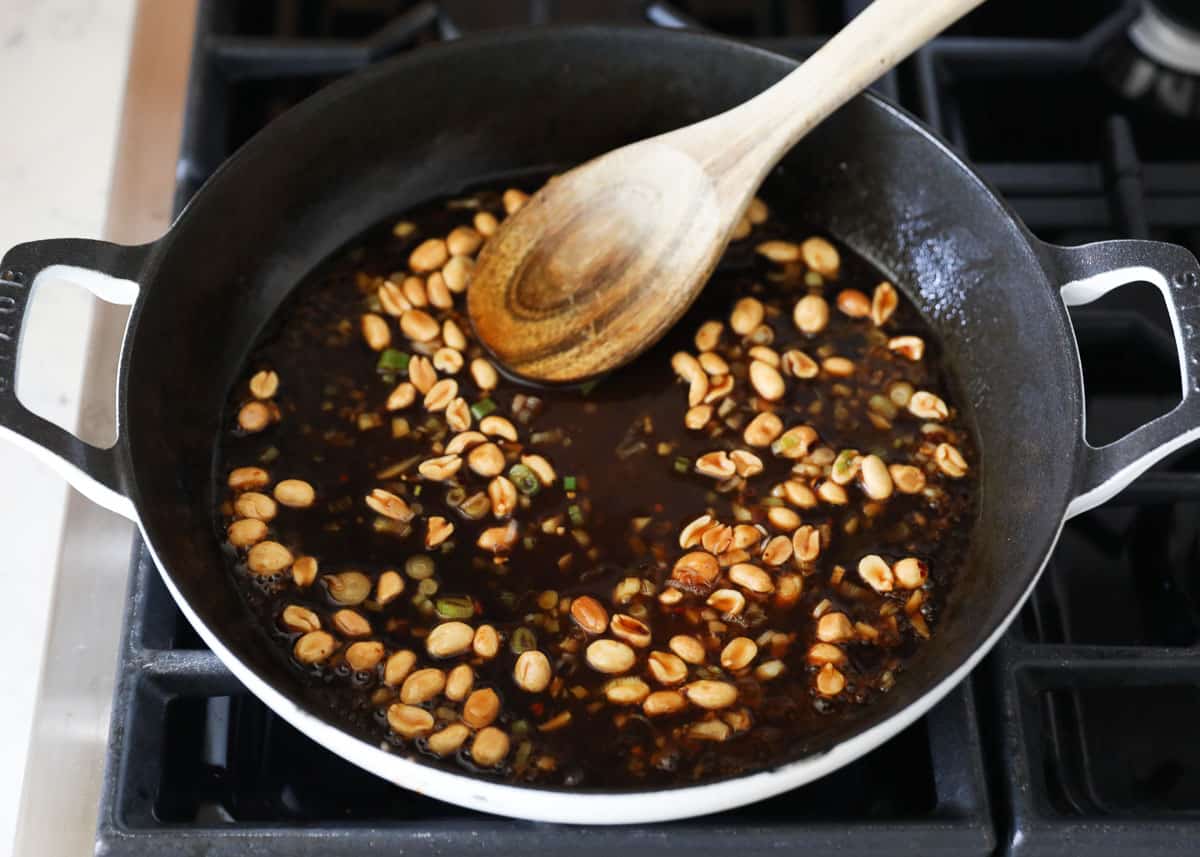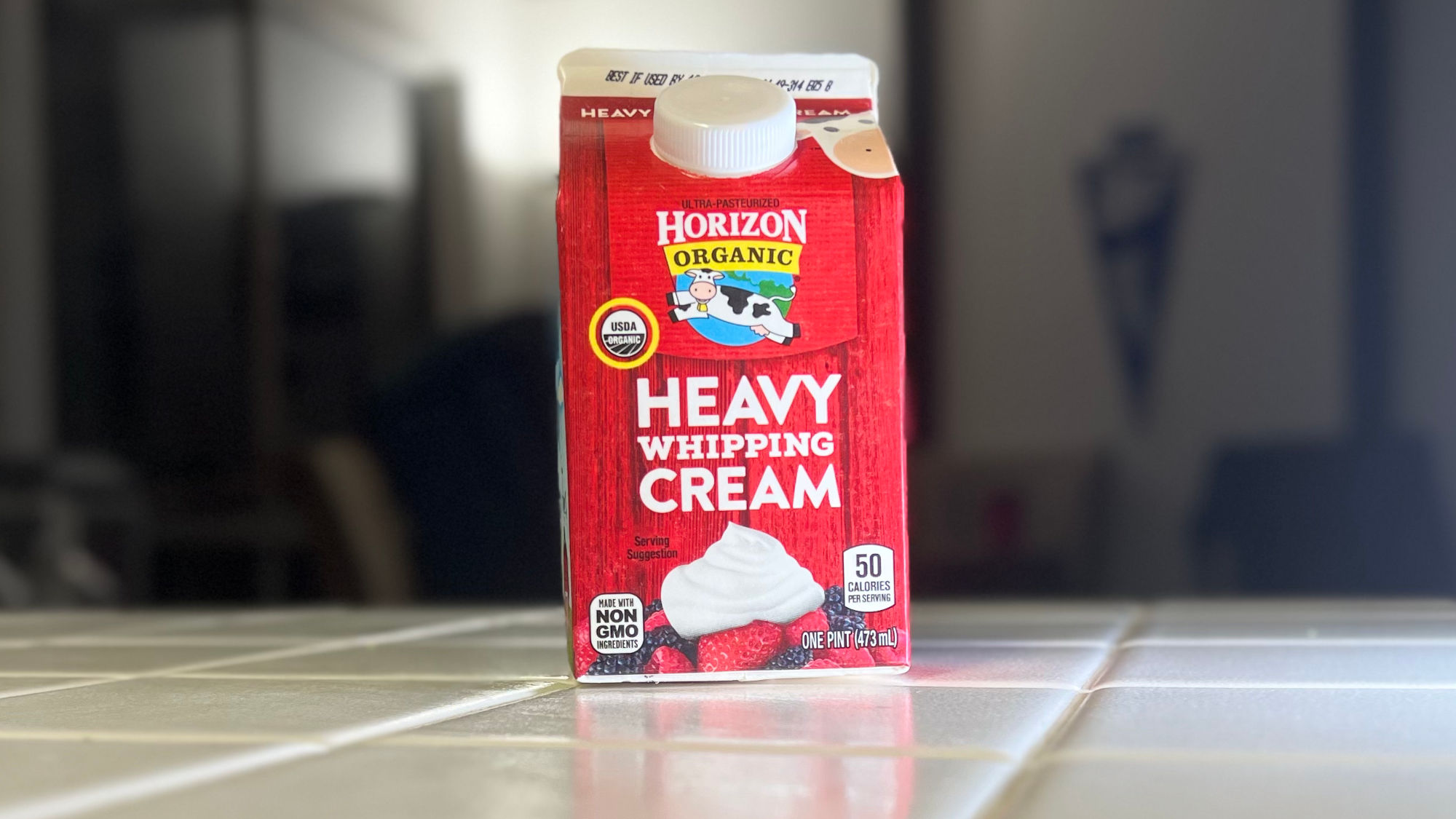Understanding the Flash Point of Olive Oil
When it comes to cooking, olive oil is a popular choice due to its health benefits and rich flavor. However, many people may not be aware of the concept of the flash point when using olive oil for cooking. Understanding the flash point of olive oil is crucial for ensuring safe and delicious cooking results.
What is the Flash Point?
The flash point of an oil is the temperature at which it begins to produce flammable vapors that can ignite when exposed to an open flame or heat source. This is an important consideration when using oils for cooking, as heating them beyond their flash point can lead to the release of harmful compounds and unpleasant flavors.
The Flash Point of Olive Oil
Olive oil has a relatively high flash point compared to other cooking oils, making it a suitable choice for various cooking methods. The flash point of extra virgin olive oil, which is the highest quality and most flavorful type of olive oil, is around 375°F (190°C). This means that it can be safely used for sautéing, frying, and roasting at moderate temperatures without reaching its flash point.
Benefits of Using Olive Oil
Aside from its favorable flash point, olive oil offers a range of health benefits. It is rich in monounsaturated fats, which can help lower the risk of heart disease and improve overall heart health. Additionally, olive oil contains antioxidants and anti-inflammatory properties, making it a valuable addition to a healthy diet.
Tips for Cooking with Olive Oil
When using olive oil for cooking, it’s important to keep the following tips in mind:
- Use low to medium heat: To prevent olive oil from reaching its flash point, it’s best to cook with low to medium heat settings.
- Avoid overheating: Be mindful of the cooking temperature and avoid overheating the oil, which can lead to the production of harmful compounds and a burnt taste.
- Choose the right type: Extra virgin olive oil is ideal for low to medium heat cooking, while regular olive oil can be used for higher heat cooking methods.
- Store properly: To maintain the quality of olive oil, store it in a cool, dark place away from direct sunlight and heat sources.
Conclusion
Understanding the flash point of olive oil is essential for safe and enjoyable cooking experiences. By being aware of its flash point and following best practices for cooking with olive oil, you can make the most of this versatile and healthy cooking oil.
So, the next time you reach for that bottle of olive oil, remember to keep the flash point in mind and enjoy creating delicious dishes with confidence.
Was this page helpful?
Read Next: What Is The Healthiest Way To Eat Eggplant?











